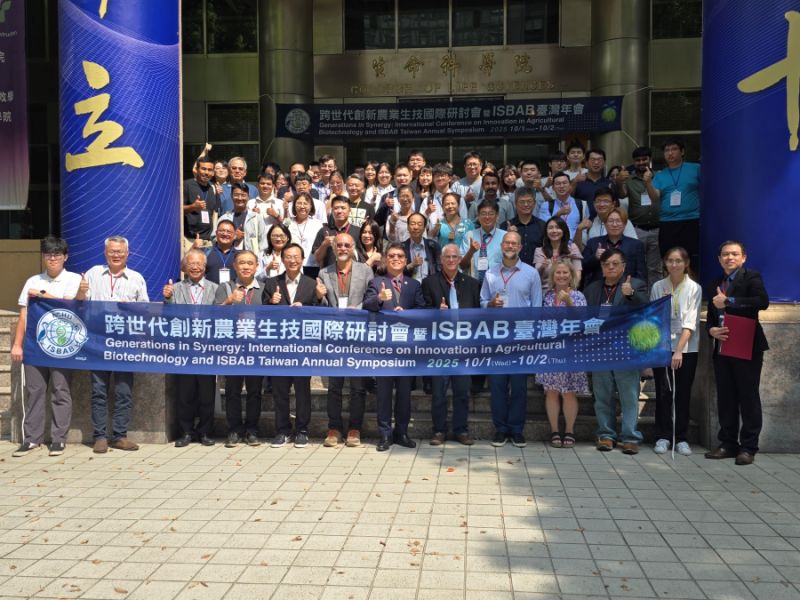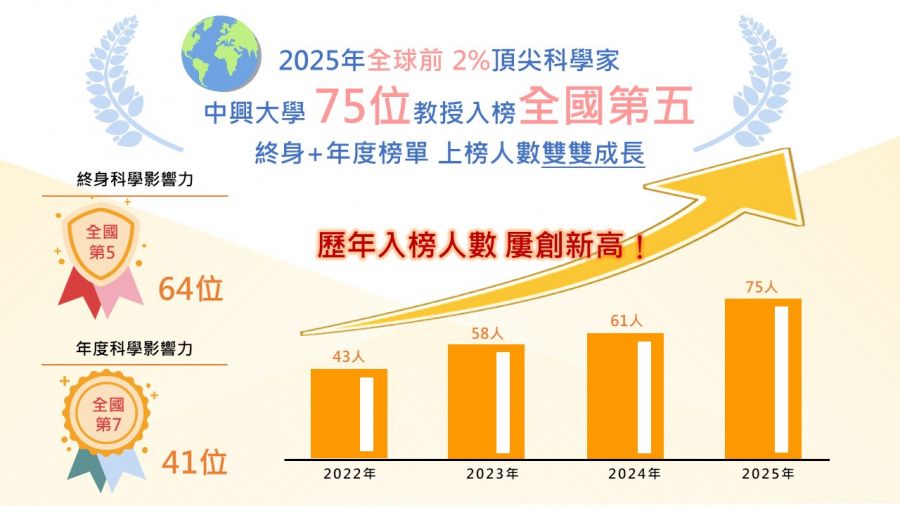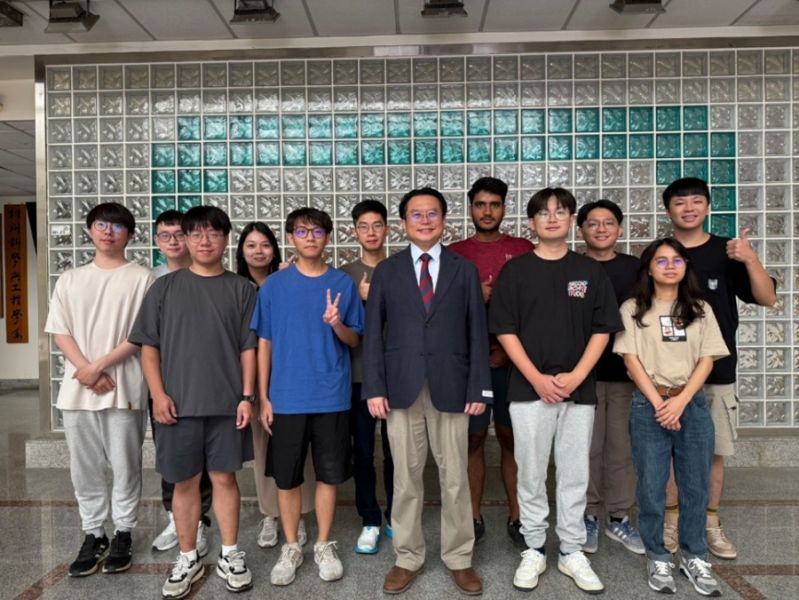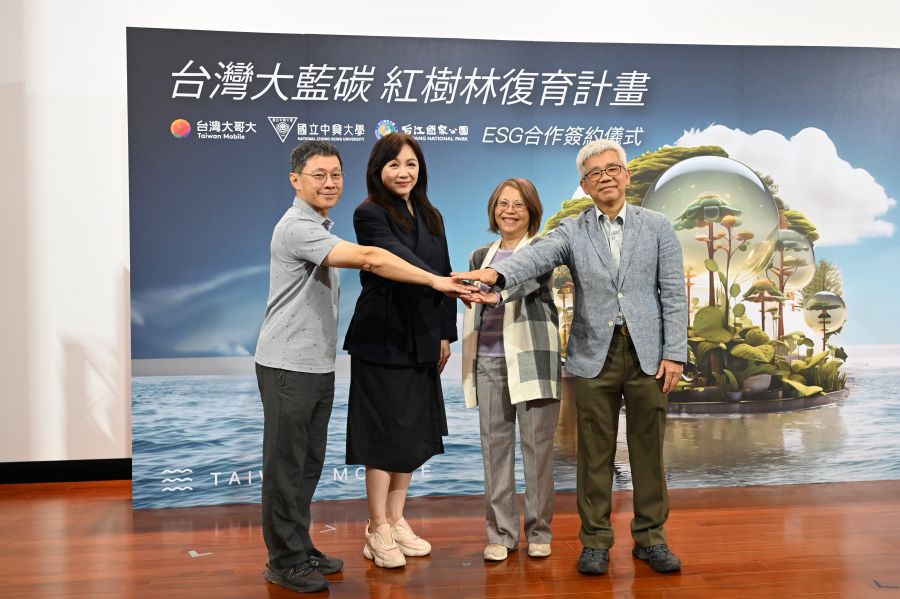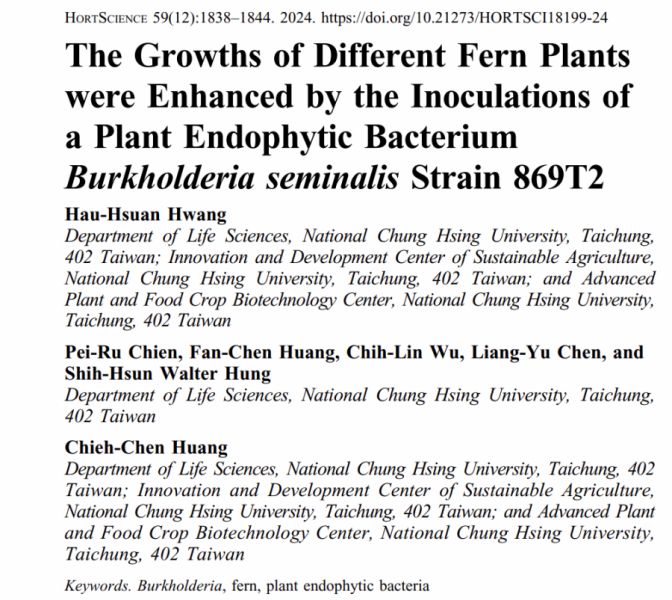| 論文篇名 | 英文:Single Gyroid-Structured Metallic Nanoporous Sphere from Double Gyroid-Forming Block Copolymer via Templated Electroless Plating 中文:利用無電電鍍法於螺旋二十四面體嵌段共聚物模板中製備奈米多孔金屬球 |
| 期刊名稱 | NPG Asia Materials |
| 發表年份,卷數,起迄頁數 | 2019, 11, 9. |
| 作者 | K.-C. Yang, C.-T. Yao, L.-Y. Huang, J.-C. Tsai, W.-S. Hung, H.-Y. Hsueh*, R.-M. Ho* |
| DOI | 10.1038/s41427-019-0108-z |
| 中文摘要 | 本研究中,我們開發一模板化無電電鍍製程來製備奈米多孔網狀金屬球。利用掌性嵌段共聚物進行自組裝,經由共聚物組成鏈段長度比之調控,可形成具有不同形態之奈米微結構,如圓球、圓柱、螺旋結構、雙連續相以及層板結構,其中,雙連續相結構乃為三維網狀結構,若利用具可分解之嵌段共聚物的特性,如聚苯乙烯-聚左旋乳酸嵌段共聚物(PS-PLLA)),經由水解除去聚乳酸鏈段後,即可形成具有多孔性的聚苯乙烯高分子塊材,結合奈米反應器的概念,將此多孔性的高分子塊材做為模板,同時開發一新穎性無電電鍍製程: 利用不同金屬離子對於還原劑的還原性差異,讓先行於孔洞中還原的鈀金屬成為活性點,緊接著,鎳離子於活性點上進行還原反應而形成鎳金屬核種,此過程為一自催化反應,只要反應環境中的鎳離子充足,鎳金屬將源源不絕地於孔隙中生成,直到中止反應。藉由調控還原劑濃度、反應溫度與溶劑等變因來控制金屬成核成長的速度,可成功製備高分子/鎳奈米混成材料(PS/Ni nanohybrids),隨後,選擇適當溶劑即可除去高分子模板,可形成具高孔隙度、高比表面積與窄孔徑分佈之三維網狀金屬球體, 做為高效且選擇性好的氫化催化劑應用。 |
| 英文摘要 | Herein, we suggest a methodology for the fabrication of well-defined metallic nanoporous spheres with single gyroid (SG) structure by simply using self-assembled diblock copolymer with double gyroid (DG) structure as a template for electroless plating. Note that owing to the consideration of thermodynamic stability, the self-assembly of diblock copolymers gives rise to a DG phase instead of an SG phase. By controlling the nucleus density for the reduction of Pd ions within the diblock copolymer template, SG-structured Ni can be easily fabricated through the nucleation and growth processes. Consequently, nanoporous Ni spheres with uniform pore sizes and high specific surface areas can be fabricated. Moreover, nanoporous Ni spheres with controlled microscale particle sizes can thus be obtained by controlling the reduction time for the growth of Ni, which enables the feasibility of recyclability via magnetic fields. The combination of structural and morphological characteristics of the fabricated nanoporous Ni spheres make them appealing for use in a wide variety of applications, such as high-efficiency and well selectivity hydrogenation catalysts with recyclability due to their narrow pore size distributions, high specific surface areas, 3D curved surfaces, and controlled microscale particle sizes. |
【學術亮點】利用無電電鍍法於螺旋二十四面體嵌段共聚物模板中製備奈米多孔金屬球 2019-02-20

新穎材料農業:友善環境農業新穎材料研發與安全評估【土環系薛涵宇助理教授】

